Military
Uranium Isn't Enough for a Nuclear Bomb. These Are the Other Critical Factors

Published:

The basic design of a nuclear bomb is shockingly easy to find online. Actually building one is an entirely different matter. This article will run through the basics to give you a sense of what’s involved, to better inform you about the crucial issue of nuclear proliferation.
Building a nuclear weapon requires experts in nuclear physics, precision engineering, access to radioactive elements, and the ability to enrich and concentrate the fuel sufficiently to reach critical mass.
Dozens of major industrial countries of the world could achieve nuclear weapons status if they wished to, but the political negatives often far outweigh the positives.
Check out: 2 Dividend Legends To Hold Forever and Discover “The Next NVIDIA
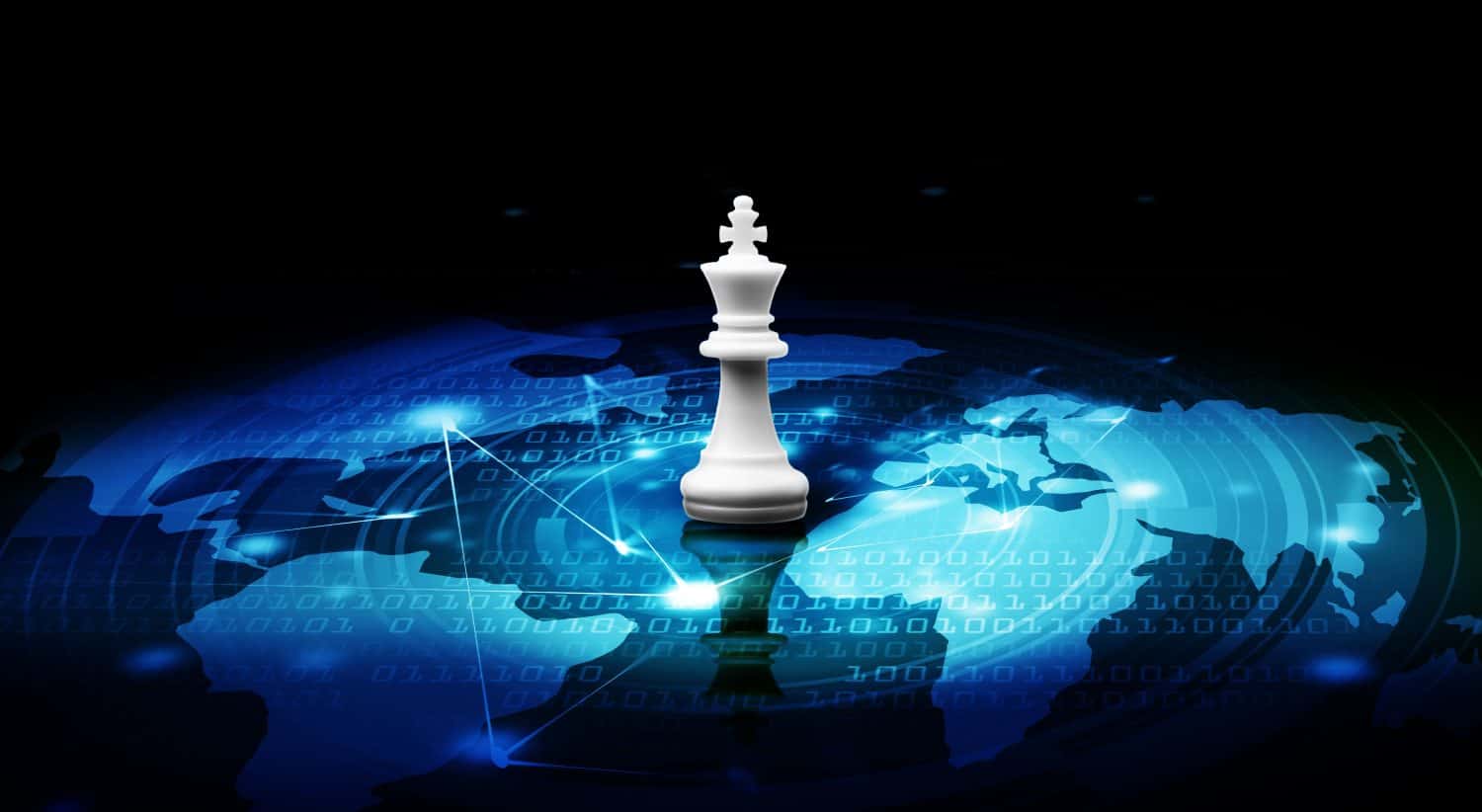
There are three main reasons some countries want nuclear weapons:
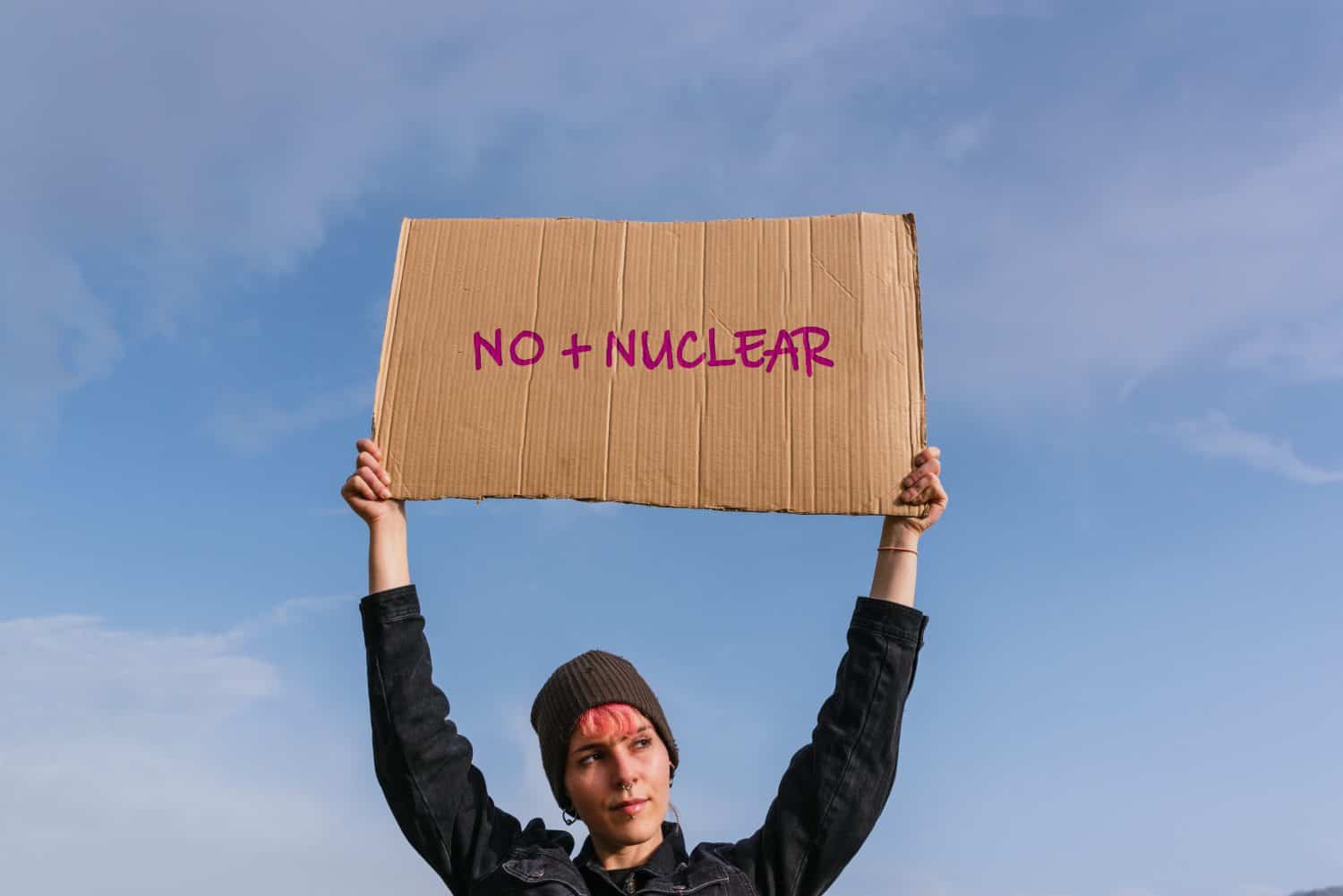
9 countries have nuclear weapons but many more have the industrial and technical foundation to pursue credible nuclear weapons programs if they wanted to. So why don’t they?
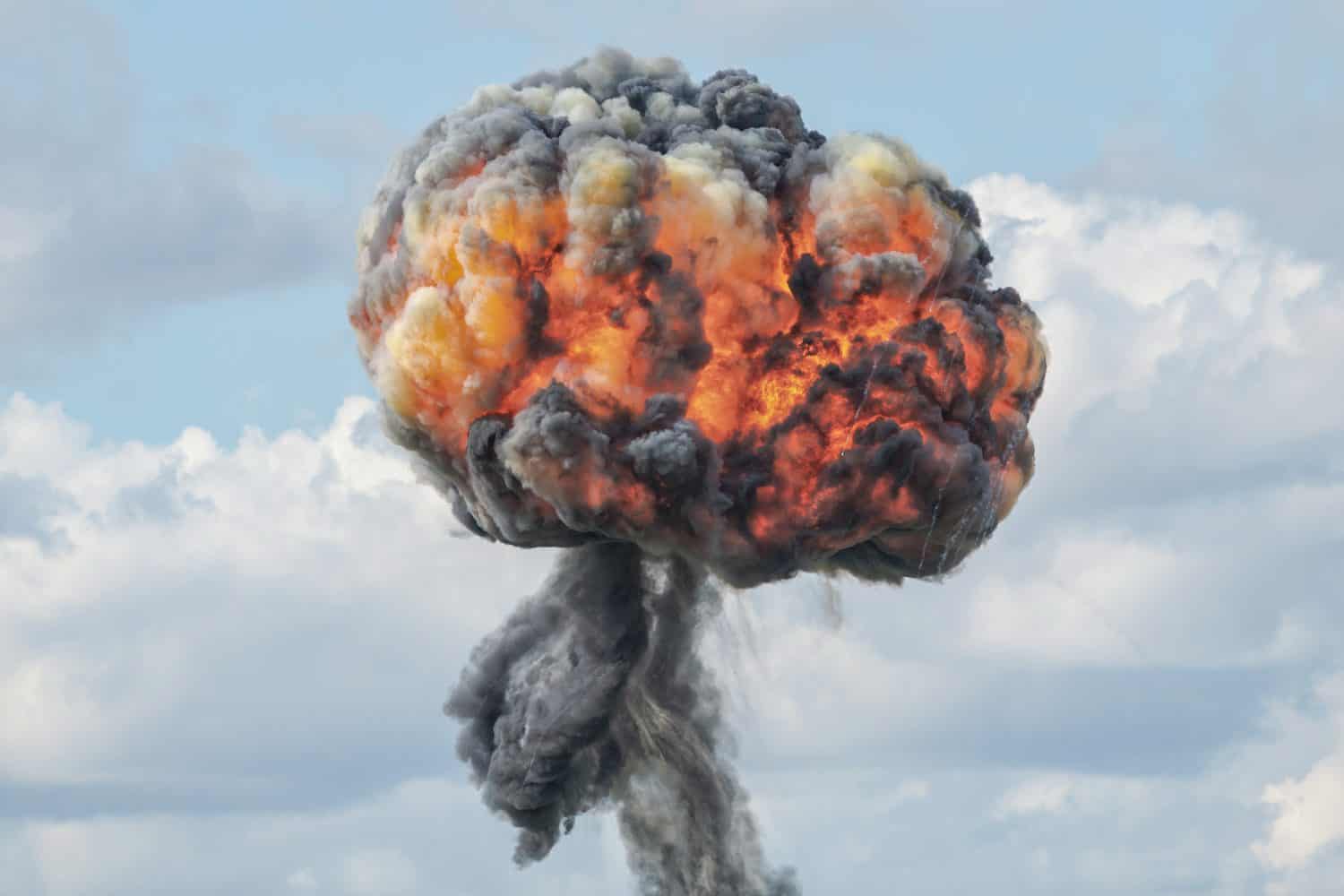
There are two main types of nuclear devices: fission and fusion weapons. Fission weapons split atoms of unstable heavy elements like uranium by firing neutrons into them. Each split atom releases more neutrons and a tremendous amount of energy in a runaway chain reaction until the fuel is consumed.
The weapon design used in the Hiroshima bomb fired a mass of uranium into another to reach critical mass. A different design, used in Nagasaki, used conventional explosives to compress a nuclear core to a supercritical state.
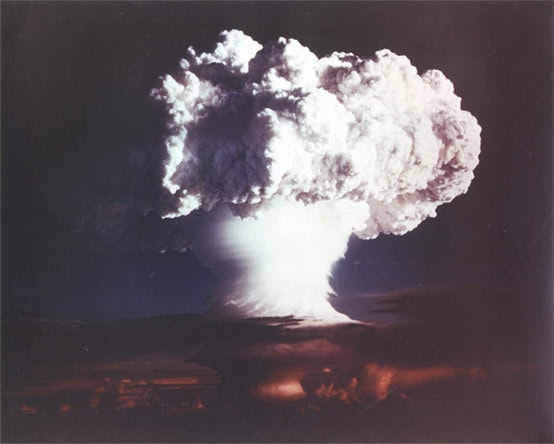
Fusion devices, or thermonuclear bombs, fuse light elements, like hydrogen, to create heavier ones, like helium, releasing massive energy in the process. They typically use fission devices to achieve the temperature and pressure needed to created a fusion reaction. These types of weapons are many hundreds or thousands of times more powerful than fission weapons.

A short-cut for countries or terrorist organizations that want to achieve some of the deterrent effects or psychological shock factor of nuclear weapons is a dirty bomb. This is not actually a nuclear bomb that involves an atomic chain reaction. Instead, it is a conventional explosion, as small as a stick of dynamite, that spreads radiation. This could be pulled off by anyone who gained access to radioactive materials without any particular technological expertise. Though the physical damage would be modest compared to a nuclear bomb, a dirty bomb can be enough to induce panic, create an expensive cleanup project, and a major crisis for the country that is victim of it.
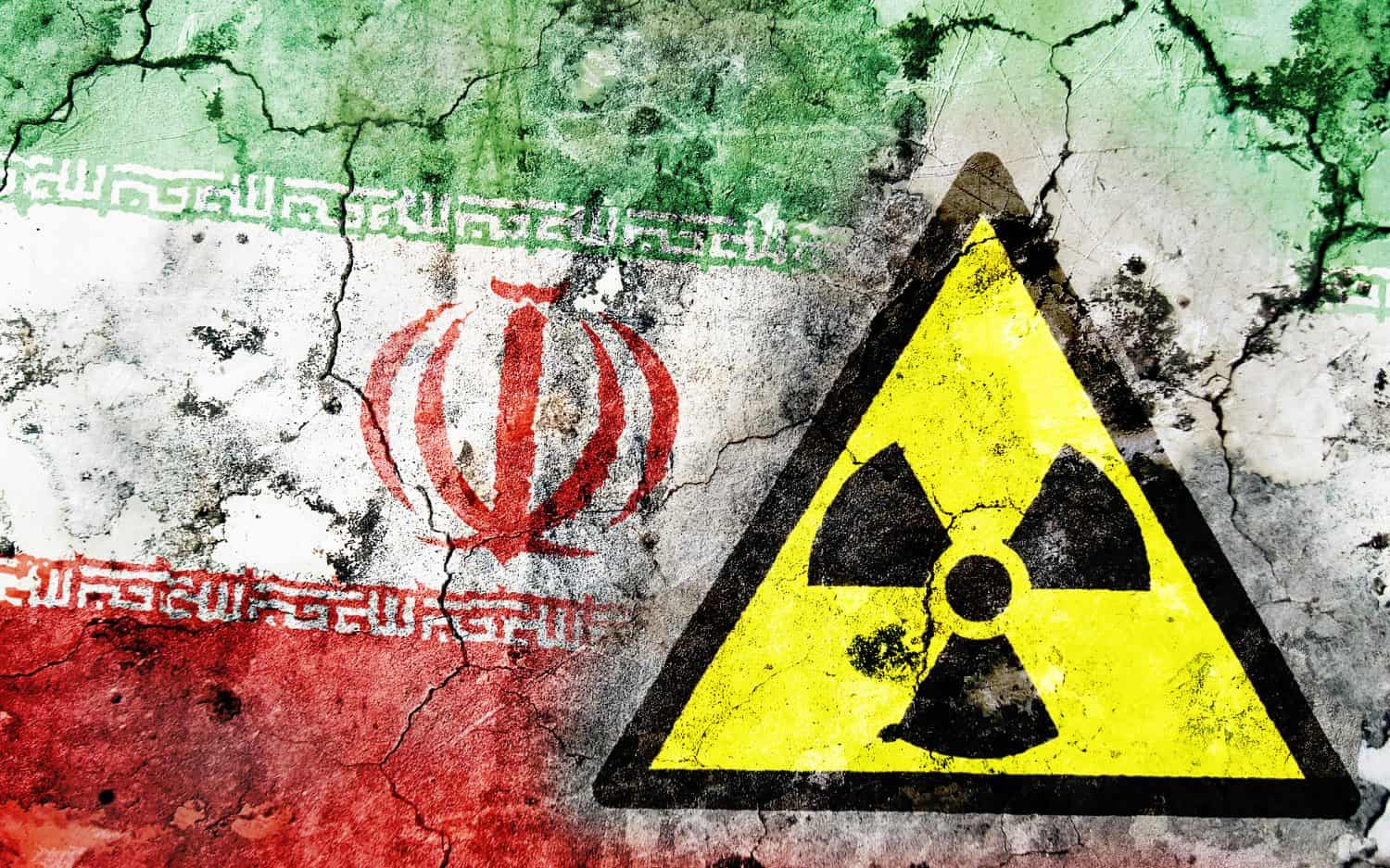
But what if a country wants to produce a a functioning fission or fusion device? It requires funding, specialized knowledge, an adequate technical-industrial base, access to radioactive materials, and a delivery system.

Building a nuclear weapon from scratch costs billions of dollars, so it is something that can really only be accomplished by a country, not a terrorist organization. Once the technology is acquired, it takes billions of dollars a year to continue building and maintaining the weapons.

Building a nuclear device takes a whole team of highly capable experts, including nuclear physicists, engineers, materials scientists, chemists, and computer scientists. A country might be able to acquire technology or the services of experts from other countries in exchange for helping them with their own foreign policy or economic goals. Knowing the crucial role these experts play, Israel has assassinated several Iranian scientists to slow down their nuclear program.
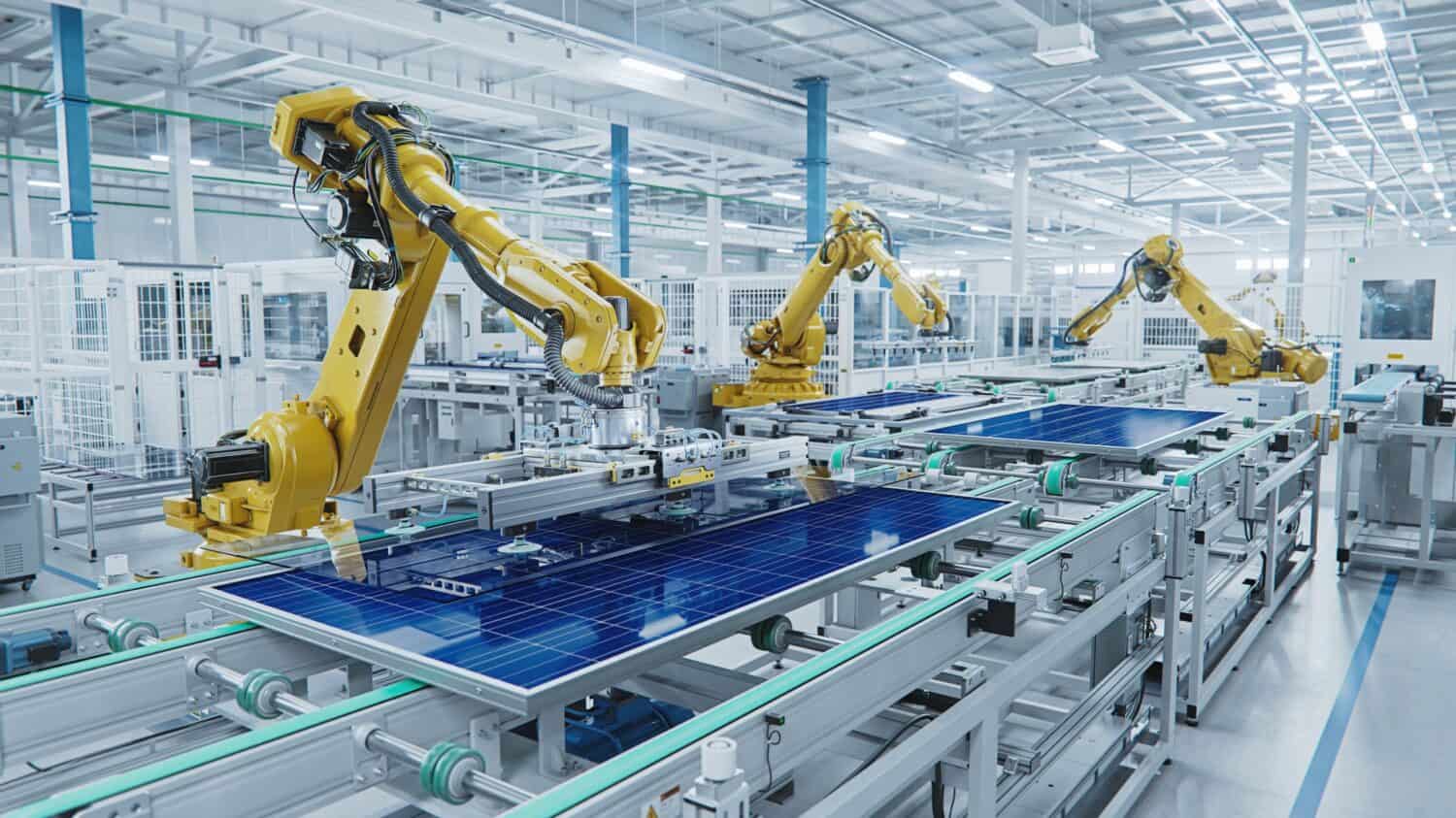
A country needs the proper facilities to process and enrich uranium to the level needed for a weapon, equipment and machinery to store and handle radioactive materials, and the ability to build bomb components to precise specifications. This infrastructure is often disbursed to sites around the country and/or constructed in deep underground bunkers to make it more difficult for an enemy to destroy the country’s growing nuclear capabilities in an airstrike.
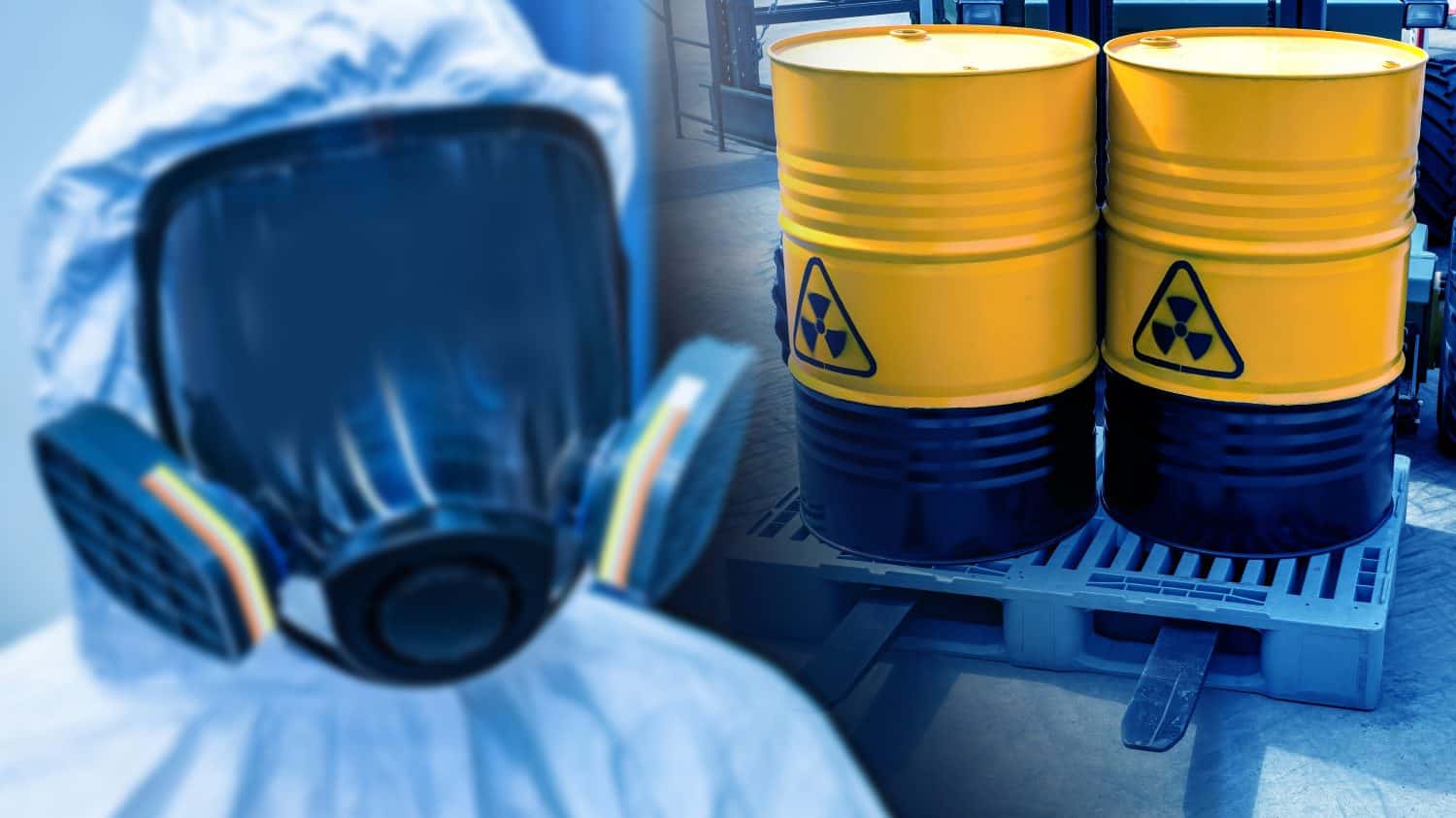
In its natural state, uranium is not concentrated enough to achieve critical mass. It must be processed through high-performance centrifuges into uranium-235, which is more fissile. A byproduct of the process is uranium-238, which can be processed into plutonium-239. This is a more fissile product than uranium and can make lighter-weight weapons.
Supplies of uranium are carefully monitored around the world to prevent the materials from falling into the wrong hands. If a country does not have its own domestic resources and the ability to mine and process them, it will have to seek them out on the black market or work out a deal with supplier countries.
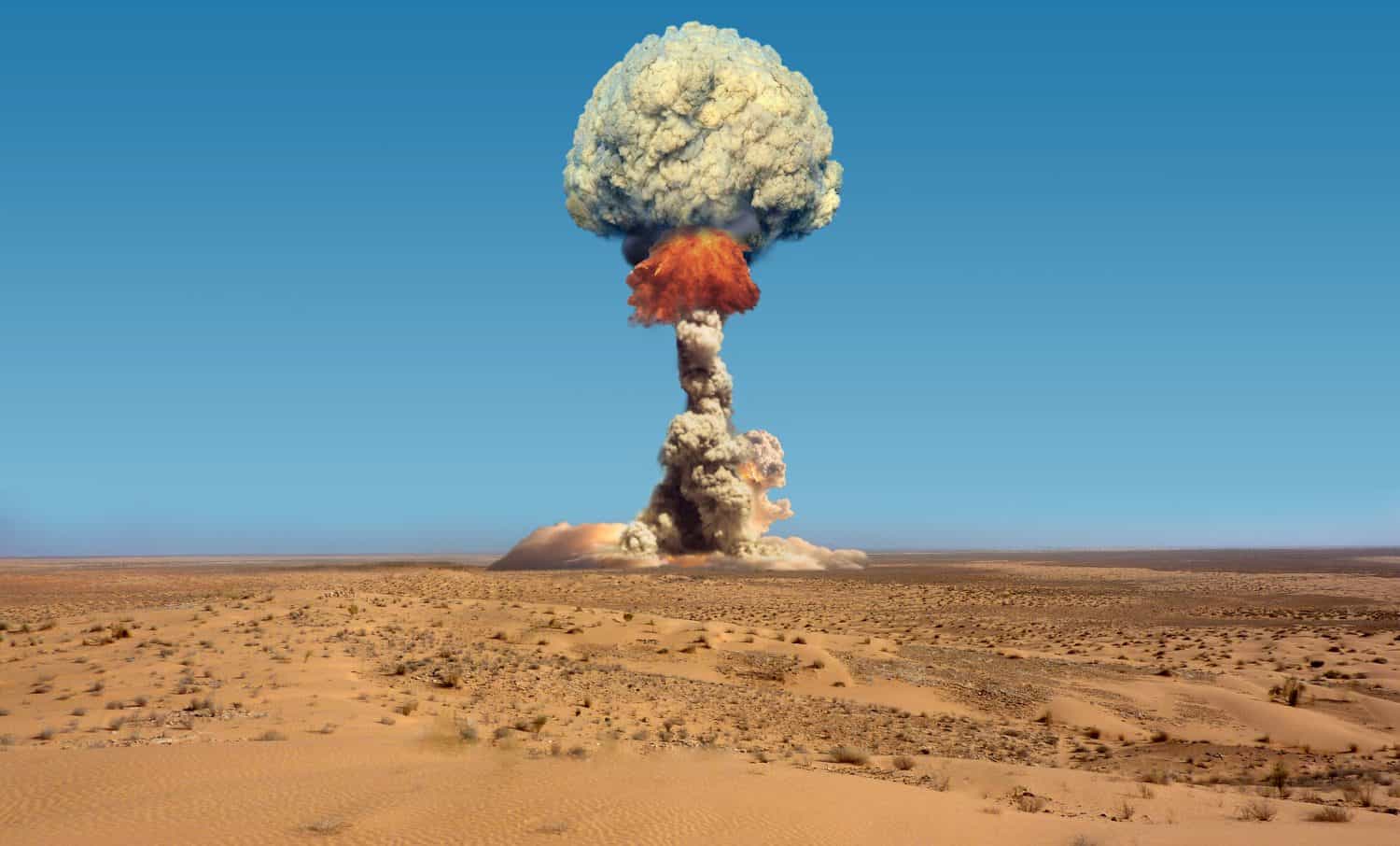
A country is usually not considered to be a nuclear power until it has actually tested a device. This requires a remote and controlled test site. It’s a momentous decision, because it is an event that can be measured from sensors in other parts of the world through seismic monitoring for underground tests, hydroacoustic monitoring of underwater tests, and infrasound monitoring of low frequency sound waves moving through the air. It’s also possible to measure elevated radiation levels to understand characteristics of the device that was tested. Almost certainly a nuclear test will result in the country being placed under international sanctions and may expose it to risk of attack by other countries to try to destroy their nuclear capability.
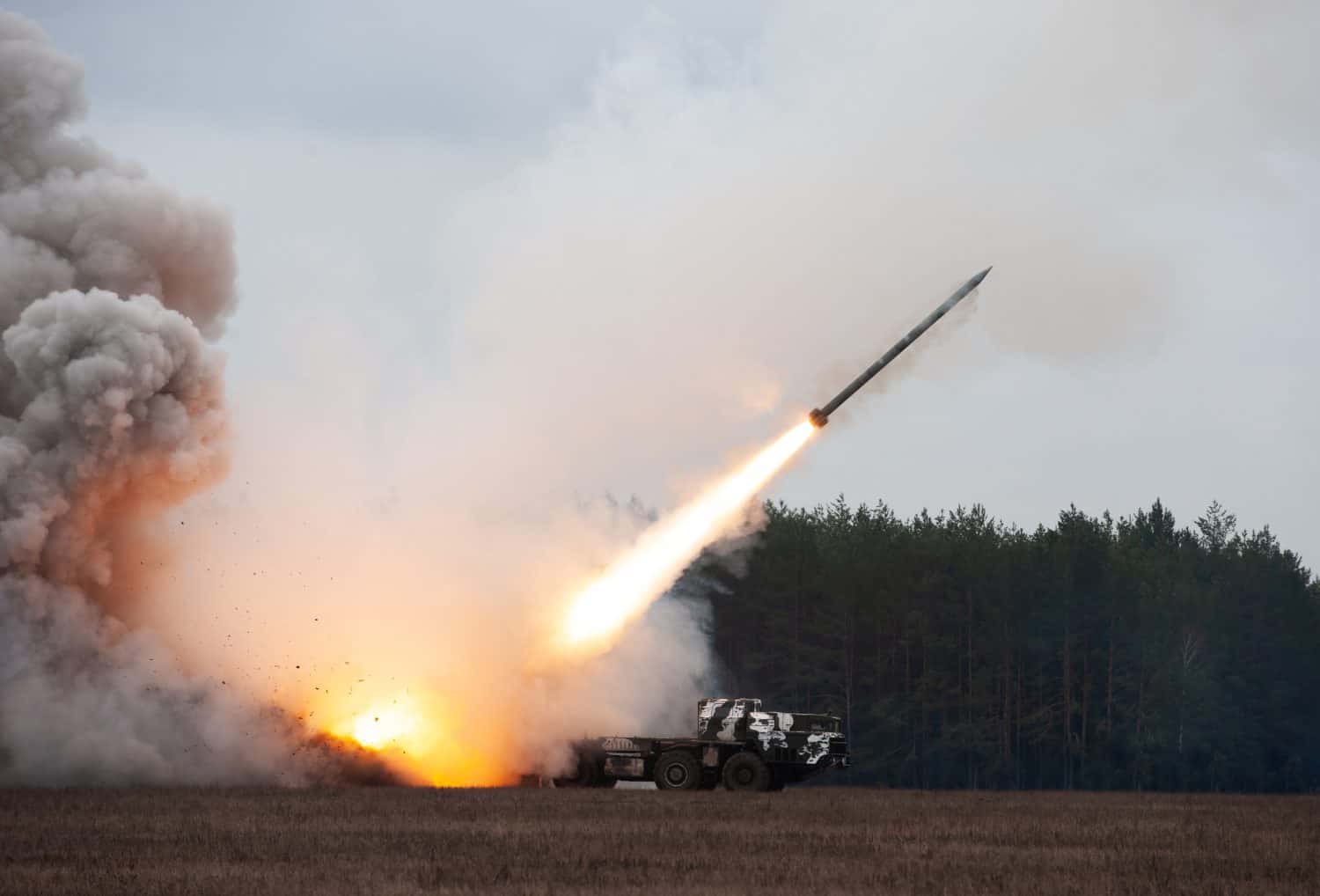
To make a nuclear explosive device effective as a deterrent or weapon of war the country needs a way to deliver it to its target. This could be as low-tech as smuggling it across the border and driving it in a truck to its destination or concealing it in a cargo ship or train boxcar. It could be dropped from a plane or mounted on a missile. These more high-tech solutions require precise engineering in their own right and an advanced knowledge of bomb and missile guidance and precise detonation mechanisms.
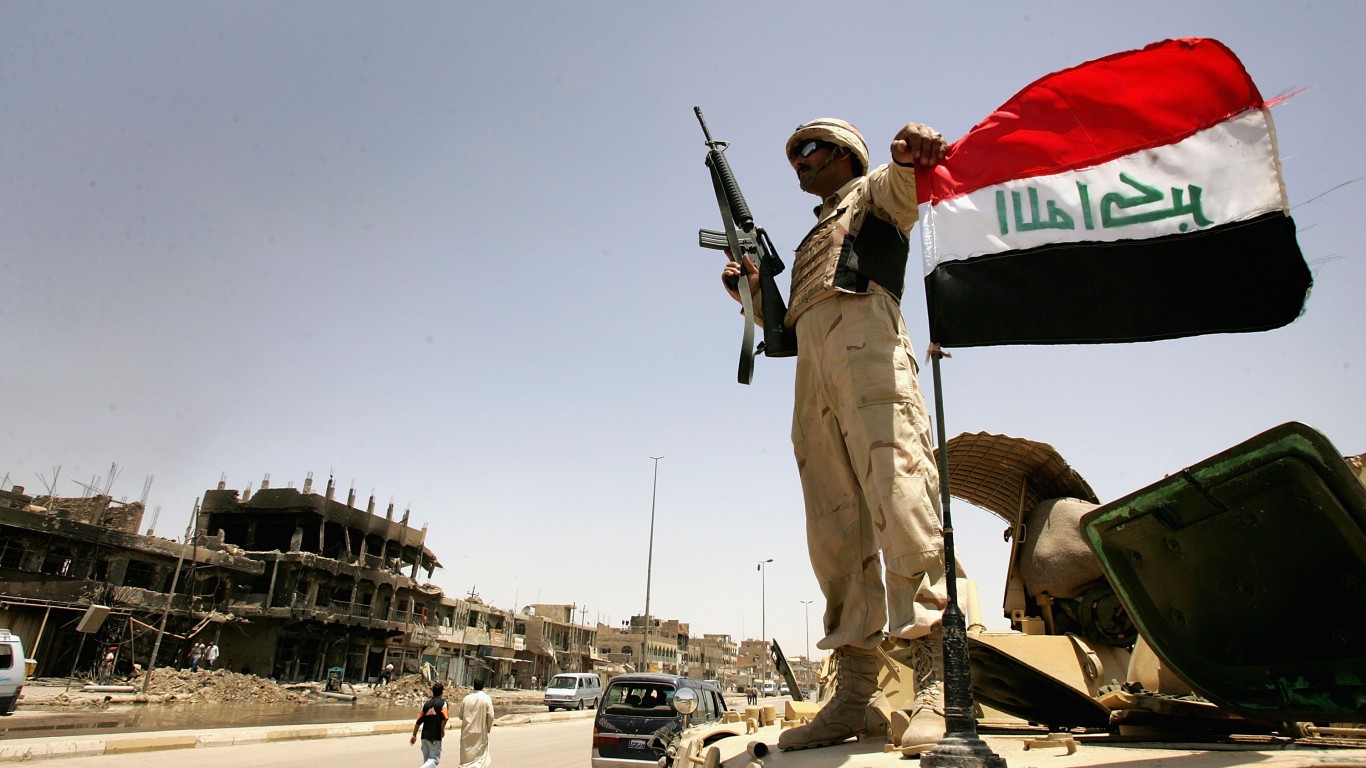
During and after the building of a nuclear weapon, a country must be able to handle the elevated national security threat they create for themselves with their program. Aspiring nuclear states will try to keep their ambitions secret as long as possible while they clandestinely build facilities and gather the expertise and materials they need. They must use tools of diplomacy and maintain military readiness to reduce the risk other countries will attack them to destroy their program.
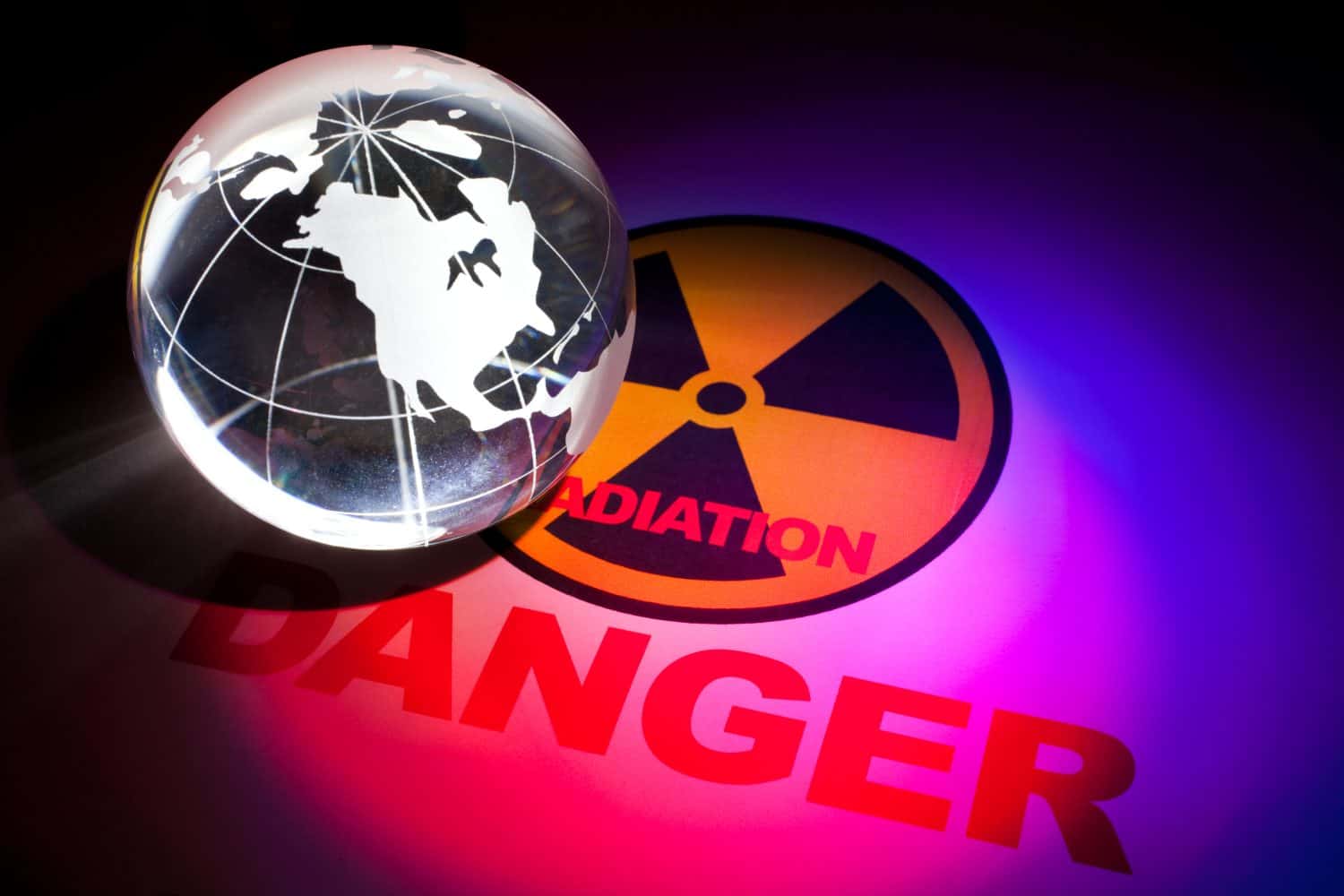
191 countries have signed the Treaty on the Non-Proliferation of Nuclear Weapons. Obviously, though, a rogue state that chooses to pursue them would not be deterred by a signature on a treaty from doing whatever they wanted to do.
For small countries in particular, though, national security depends not only on having the strongest weapons, but the strongest friends. And in free countries, it requires providing a prosperous and improving standard of living to the people that can only be achieved by integration into the global economy. For most countries, then, acquiring nuclear weapons would worsen their security situation and economic stability as the world community ostracized them.
However, for countries that are already pariahs (Iran) or are facing the most severe security threats without a superpower alliance to protect them (Taiwan), nuclear weapons will continue to be an option. As more and more countries acquire advanced technology and over time go through times of extreme threats or misguided leadership, gradual nuclear proliferation to more and more countries is a likely long-term outcome.
Retirement planning doesn’t have to feel overwhelming. The key is finding expert guidance—and SmartAsset’s simple quiz makes it easier than ever for you to connect with a vetted financial advisor.
Here’s how it works:
Why wait? Start building the retirement you’ve always dreamed of. Click here to get started today!
Thank you for reading! Have some feedback for us?
Contact the 24/7 Wall St. editorial team.